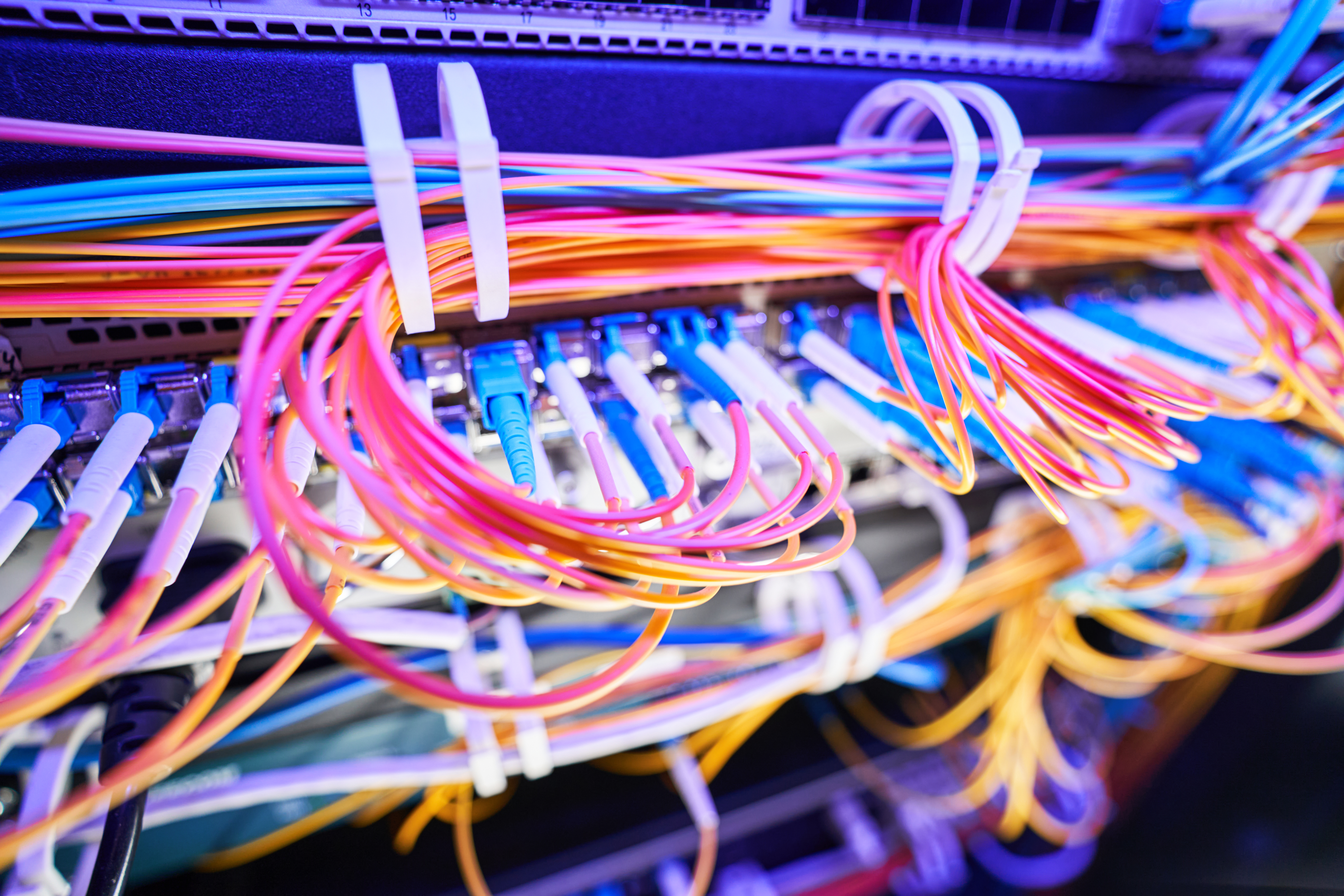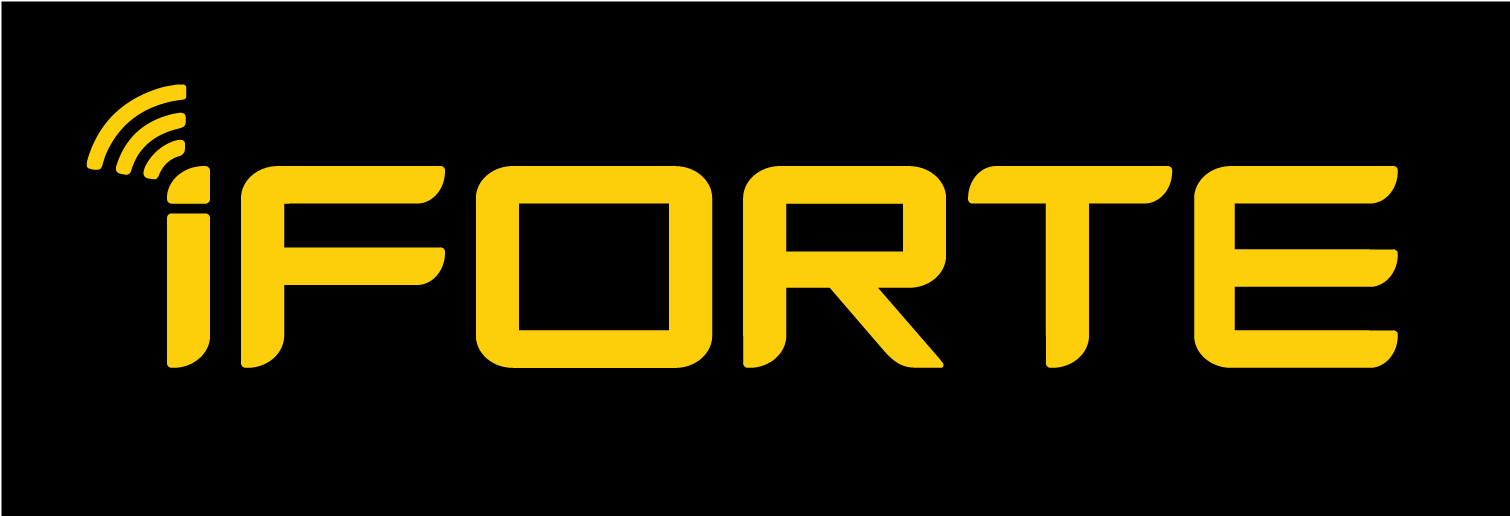
Wednesday, 22 November 2023 12:00
5 Important Fiber Optic Components and Their Functions
Fiber optics is used in many applications, including telecommunication communication, computer networks, broadcasting, censoring, etc. The constituent component ensures the light signal transmission is efficient and reliable in the fiber optic communication system.
The primary material in fiber optic is made from advanced technology glass with transfer speed exceeding other types of cables. This cable is implemented in the network backbone with appropriate needs; however, it is often found in LAN, WAN, and MAN networks because of its significant impact.
So, what makes up an optical cable network that can provide this extraordinary performance? The following are details of the constituent components:
1. Fiber optic
Fiber optic is a transmission medium using fine fiberglass or plastic to send the light signal and affects the quality of the fiber optic itself. The core diameter fiber optic has many sizes, between 2 µm and 50 µm. The larger the diameter of the glass fiber core, the better the quality and capabilities of the fiber optic cable.
Fiber optic consists of two main layers. The core fiber is the middle part conducting the light, while the mantle encircles the core and has lower refraction so that it reflects the light in the core.
There are two types of fiber optic that are commonly used. Multimode Fiber has a bigger core diameter to enable the light to deploy in some tracks as it passes through the fiber. The Singlemode Fiber has a smaller core diameter and only enables access in one light track.
The Fiber Optic is working based on the total internal reflection principle. The light penetrates the core fiber with a smaller angle that will reflect in total at the core-mantle interface, allowing light to propagate long distances with little loss.
Fiber optics offers some benefits compared to traditional transmission media, such as copper cable. These benefits include higher speed, bigger data capacity, long transmission range, higher security, resistance to electromagnetic interference, and resistance to signal problems.
2. Cladding
Cladding is a protector layer that encircles the fiber optic core. This is one of the important components in the fiber optic structure. The cladding has a lower refraction index compared to the fiber optic core.
The main function of cladding is to ensure that the light is sent from the fiber optic core, is still concentrated in the core, and doesn’t come out from the fiber optic. The total internal reflection principle is happening between the core and cladding. This is because the cladding has a lower refraction, the light has reached the limit between the core and the cladding with a bigger angle, and from the critical angle, will reflect back to the core. Therefore, this will make the light stay and propagate through the fiber optic with minor damage.
The cladding layers are usually made from glass or plastic materials with a lower refraction index than the fiber core. Single-mode fiber optics have very thin cladding, while multimode fiber optics have thicker cladding to accommodate more light track.
Cladding also works as a physical protector for the fiber core; it protects from scratch, mechanical damage, and the effects of the external environment. Generally, cladding is layered with additional protector material such as buffer or coating to give extra protection for the fiber optic.
With cladding, the fiber optic can keep the light inside the fiber core, give an efficient, reliable signal transmission, and maintain the overall communication optic network.
3. Coating
Coating inside the fiber optic cable is a protector layer applied around the fiber optic cladding. The coating gives mechanics protection and additional power to the fiber optic. The coating protects the core and fiber optic cladding from physical damage, such as scratches, pressure, and humidity. This will help to maintain the optic integrity and the performance of fiber optic transmission.
Generally, the coating is made from a polymer material such as plastic that gives flexibility, power, and resistance to the external environment. The standard material used in fiber optic coating is acrylic polymer or silicone polymer. The thickness of coating in fiber optic is very thin, usually between a few to dozens micrometers (μm). The proper thickness is important to make the fiber optic keep flexible and can be installed well inside the fiber optic.
The coating also plays an essential role in ensuring the compatibility and smooth interaction between the fiber optic with other components inside the fiber optic cable, such as the amplifier, connector, and pulling equipment.
The fiber optic coating has specific colors that are used to identify types of fiber or particular characteristics, such as single-mode fiber (generally in yellow) and fiber multimode (usually in aqua color for the 50/125 μm fiber and orange for 62.5/125 μm fiber).
Coating inside the fiber optic cable is an essential component that gives protection and mechanics power for the fiber optic, ensuring the optic integrity and enabling fiber optic to be applied well inside the cable and other components.
4. Connector
A fiber optic connector is a device used to connect the two tips of the fiber optic securely and precisely. It creates an excellent optic connection between the fiber optics, enabling an efficient and reliable light transmission signal.
Fiber optic connectors are designed to give higher precision in the axis and the alignment of the optical fibers. This is important to ensure the light signal can be transferred with minimal losses in the connector point. The excellent quality of the connector can minimize insertion loss and optic reflection.
There are a few types of connectors, including ST, SC, LC, FC, MPO, and many more. Every style has a different locking mechanism and design and is used for various needs. For example, the ST connector uses a bayonet connector, while the SC connector uses a push-pull connector.
Fiber optic connectors must be compatible with the type of optical fiber used, such as single-mode or multimode, and the cable used.
The fiber optic connector is a crucial fiber optic communication system component. By connecting the fiber optic consistently and accurately, the fiber optic connector enables faster data transmission, reliability, and high quality through the fiber optic network.
5. Optical Transmitter
An optical transmitter is a device that changes the electric signal into a light signal that can be transmitted through fiber optics. Generally, an Optical Transmitter using a light source such as Light Emitting Diode (LED), LASER (Light Amplification by Stimulated Emission of Radiation) diode, or Vertical Cavity Surface Emitting Laser to produce light in the wavelength that is suitable with the characteristics of the used fiber optic.
Generally, LED is used in multimode applications and has a larger spectral width, which can only bring a smaller bandwidth. On the other hand, a vertical cavity surface emitting laser (VCSEL) is used in the multimode application with a narrow spectral width, enabling it to bring more bandwidth than LED.
LASER has the narrowest spectral width but has a bigger bandwidth capacity. Therefore, LASER is used in the single-mode fiber optic cable.
Depending on the material type, the light source produces light at a particular wavelength. Most fiber optic sources use infrared wavelengths, especially at 850nm, 1300nm, and 1550nm. It’s important to note that the light can be seen by human eye operation in the 400-700 nm range.
The electric signal sent to the Optical Transmitter is changed into a light signal that will be input to the fiber optic for the transmission. The Light signal will encounter total internal reflection in the fiber optic so that it can be sent over long distances without significant degradation.
The Optical Transmitter has an essential role in the fiber optic communication system because the quality and reliability will affect the transmission quality and the data speed reached in the fiber optic network.
Read also: Types of Fiber Optic Devices and its Function
iForte Provides Fastest and Reliable Fiber Optic Connection
iForte has Metro E technology supported by a superior fiber optic cable network that provides a safe and stable high-speed network connection. iForte also offers reliable connectivity infrastructure solutions to support your business and has an experienced team. Contact iForte for your fiber optic network:
contact@iforte.co.id
(021) 2358 6320
